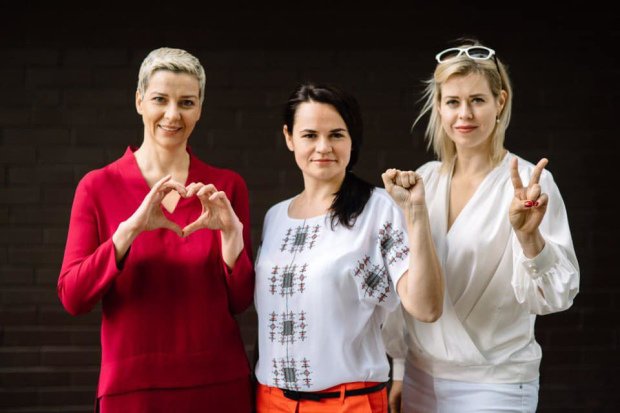One year ago, on July 16, 2020, Svetlana Tikhanovskaya, Maria Kolesnikova, and Veronika Tsepkalo united their campaign headquarters to fight against the dictator.
Before the 2020 elections, lukashenka acted according to a well-established scheme - he organized a total sweep of the political field. The most dangerous competitors, Viktor Babariko and Sergey Tikhanovsky, were sent to prison, while Valery Tsepkalo, although he remained at large, did not pass registration as a presidential candidate. Also behind bars were the old oppositionists - activists who, according to the dictator, could lead people in the event of mass protests (Pavel Sevyarynets, Nikolay Statkevich, and representatives of the new wave from Tikhanovsky's team).
After that, lukashenka even allowed the CEC to approve the application for participation in the elections of the wife of Sergey Tikhanovsky - Svetlana. In the dictator's view, Belarusians would never vote for a person unknown to him, let alone a woman.
"Our constitution is not for a woman. Our society is not mature enough to vote for a woman ... And if you load her onto a woman, she will collapse, poor."
He miscalculated. Perhaps 25 years ago, voters would have accepted such humor with understanding, but not in 2020. Society has changed, but the dictator has not.
Svetlana Tikhanovskaya became a classic protest candidate, around which all people who wanted a change of power in Belarus rallied. So in July 2020, a triumvirate of representatives of the three headquarters of presidential candidates emerged. It includes Svetlana Tikhanovskaya, Maria Koleniskova and Veronika Tsepkalo.
Trips around the country in the last weeks before the elections of three women who managed to unite so easily for a common goal, their speeches in front of people, gave rise to an unprecedented euphoria and hope for change.
Their sign, a white bracelet, became a symbol of protest in August. On this basis, election observers determined the real picture of those who voted for the changes.
This was followed by an unprecedented wave of police arbitrariness and violence in the history of Belarus, which peaked on August 9-11. Tens of thousands of people were immediately taken to places of detention, where they were subjected to terrible torture, beatings, and humiliation.
One of the responses was women's marches, when ladies in white clothes with flowers walked in the streets of cities, emphasizing the peaceful nature of the protest. In addition, the whole world was covered by photographs in which Belarusian women cover men with themselves, protecting them from being detained by law enforcement officers.
Of course, this could not last long. In the end, lukashenka came up with the idea of gender equality. At least in the form in which he understands it in his perverted mind. Soon, Belarusian women who took to the streets began to be treated brutally as Belarusian men. Today, there are a large number of women in prisons and isolation wards. They suffer the same hardships and humiliations as men.
Women's protest, like the Belarusian revolution in general, has been driven underground. Going out with flowers or clothes of white and red colors today is dangerous. But the idea of fair elections, a fair organization of society, and respect for the rights of all people are still alive. Lukashenka and his guardsmen could not control the anger and discontent that the Belarusian people amass for a long time.
Right now, many are tired, while others are disappointed and disbelieved. But as Winston Churchill said: "If you're going through hell, keep going."
We must keep going towards our goal. Do your best, all together. Then, free men and women in white will still return to the streets of Belarusian cities.
Before the 2020 elections, lukashenka acted according to a well-established scheme - he organized a total sweep of the political field. The most dangerous competitors, Viktor Babariko and Sergey Tikhanovsky, were sent to prison, while Valery Tsepkalo, although he remained at large, did not pass registration as a presidential candidate. Also behind bars were the old oppositionists - activists who, according to the dictator, could lead people in the event of mass protests (Pavel Sevyarynets, Nikolay Statkevich, and representatives of the new wave from Tikhanovsky's team).
After that, lukashenka even allowed the CEC to approve the application for participation in the elections of the wife of Sergey Tikhanovsky - Svetlana. In the dictator's view, Belarusians would never vote for a person unknown to him, let alone a woman.
"Our constitution is not for a woman. Our society is not mature enough to vote for a woman ... And if you load her onto a woman, she will collapse, poor."
He miscalculated. Perhaps 25 years ago, voters would have accepted such humor with understanding, but not in 2020. Society has changed, but the dictator has not.
Svetlana Tikhanovskaya became a classic protest candidate, around which all people who wanted a change of power in Belarus rallied. So in July 2020, a triumvirate of representatives of the three headquarters of presidential candidates emerged. It includes Svetlana Tikhanovskaya, Maria Koleniskova and Veronika Tsepkalo.
This is how the Belarusian protest got a woman's face.
Trips around the country in the last weeks before the elections of three women who managed to unite so easily for a common goal, their speeches in front of people, gave rise to an unprecedented euphoria and hope for change.
Their sign, a white bracelet, became a symbol of protest in August. On this basis, election observers determined the real picture of those who voted for the changes.
This was followed by an unprecedented wave of police arbitrariness and violence in the history of Belarus, which peaked on August 9-11. Tens of thousands of people were immediately taken to places of detention, where they were subjected to terrible torture, beatings, and humiliation.
One of the responses was women's marches, when ladies in white clothes with flowers walked in the streets of cities, emphasizing the peaceful nature of the protest. In addition, the whole world was covered by photographs in which Belarusian women cover men with themselves, protecting them from being detained by law enforcement officers.
Of course, this could not last long. In the end, lukashenka came up with the idea of gender equality. At least in the form in which he understands it in his perverted mind. Soon, Belarusian women who took to the streets began to be treated brutally as Belarusian men. Today, there are a large number of women in prisons and isolation wards. They suffer the same hardships and humiliations as men.
Women's protest, like the Belarusian revolution in general, has been driven underground. Going out with flowers or clothes of white and red colors today is dangerous. But the idea of fair elections, a fair organization of society, and respect for the rights of all people are still alive. Lukashenka and his guardsmen could not control the anger and discontent that the Belarusian people amass for a long time.
Right now, many are tired, while others are disappointed and disbelieved. But as Winston Churchill said: "If you're going through hell, keep going."
We must keep going towards our goal. Do your best, all together. Then, free men and women in white will still return to the streets of Belarusian cities.


 Continue
Continue
